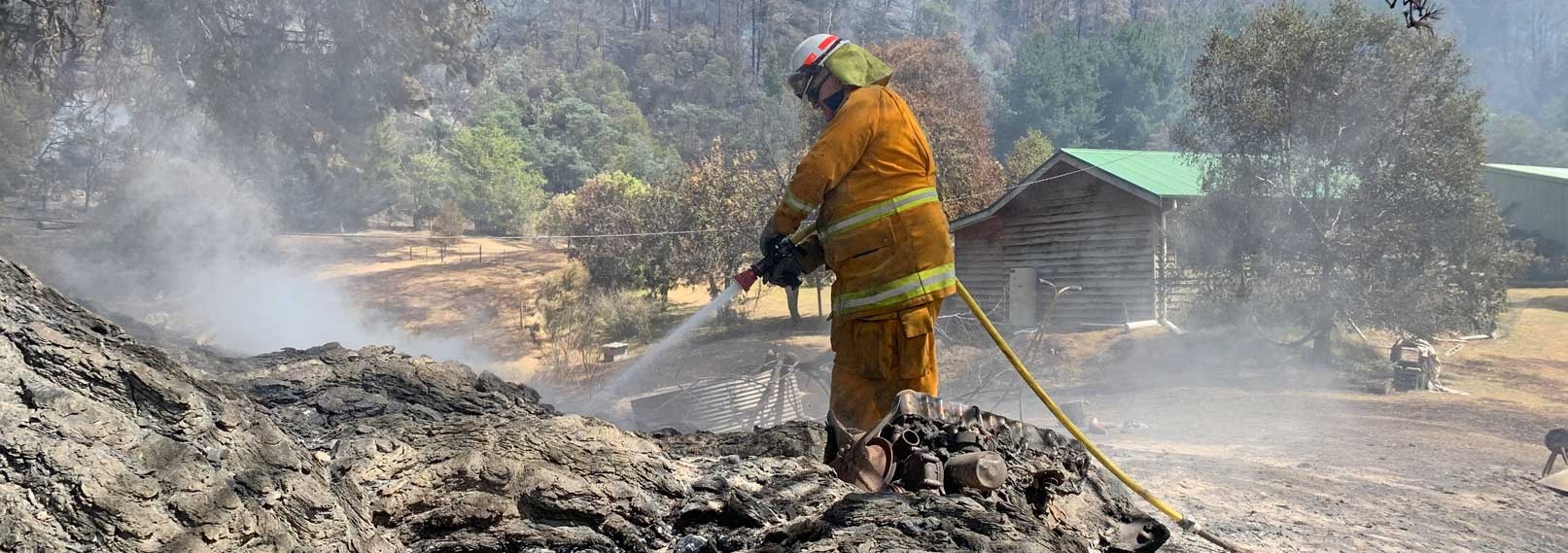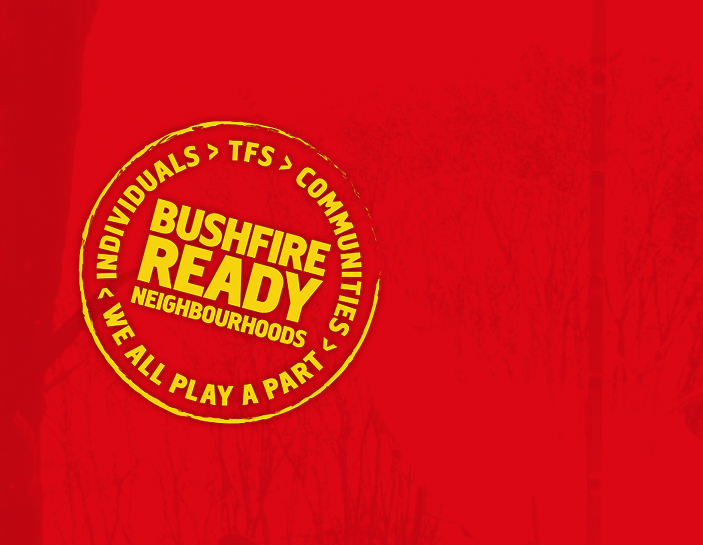How social media can be used by Brigade members

How social media can be used by Brigade members
In the last three months there have been considerable challenges in engaging people in community fire safety education. However, restrictions on face-to-face engagement have led to opportunities to utilise free online platforms, such as Facebook (FB), for people to stay connected and continue to engage in a time of physical distancing.
Many volunteer brigades in Tasmania have Facebook pages. Some are very active and do it well, others have minimal content and could be doing more to engage their community.
Geeveston Brigade have been using FB for eight years. Their page has 2,054 followers and they use Facebook as a way of communicating fire safety messages.
“We share any information that is put on Facebook by Tasmania Fire Service, any fuel reduction burns we do around Geeveston & surrounds. We have two members that monitor the page and are usually on the ball when it comes to any information that needs to be reported. During the Riveaux Road Fire, it was so useful! As we have a lot of community members following our page. We just put information about the next bushfire community meeting on the page and it would be shared very fast around the town.”
Amelia Franklin, Second Officer & Junior Cadet Coordinator
Lachlan Brigade has been on FB for around five years and the key aim is fire safety, fire prevention and community information. The page also gives an insight into volunteer brigade life. Lachlan Brigade’s page has 2,070 followers with most posts averaging around 1,000 views.
“It’s important for communities to have confidence in their local brigade and therefore we use it to build our brigade reputation as ‘The Lachlan Rats’ - a quirky angle with the swamp rat as our mascot. We know that messaging has to be consistent with TFS messaging and the department Comms team are often looking at our page and if we’re not quite right on something, they will drop us a line.”
“The Lachlan Valley is behind Mount Wellington and therefore we are the last brigade before Wellington Range. We have a motto of ‘Protecting Hobart’s Backside Since 1983’ and while this is a tongue-in-cheek motto the Brigade knows if we lose a fire in Lachlan on a bad day, the next stop is Hobart. Therefore, we work hard to educate people in our Valley.”
“People use FB to contact us about property inspections, requests for fire safety information or they just ask questions using this platform. Without FB, we wouldn’t have that contact with our community.”
Phil Pyke, Volunteer Firefighter, Lachlan Brigade
Facebook, as a free engagement solution, provides Brigades with many features that can engage their residents in fire safety messages and education. There is the traditional feature of a public forum for sharing official TFS social media campaigns, photos, discussions and comments. Others include:
- The Facebook Live feature can be used to broadcast a conversation, performance, Q&A or virtual event. Facebook Live can be done on a page, in a group or an event, and the live videos will also appear in followers’ news feeds. If planning to utilise Facebook Live on a public page, advice should first be sought from DPFEM Media and Communications.
- Video presentations on a Facebook page can help to build greater engagement through an educational fire safety video.
- To monitor how people are engaging with a page, the Analytics feature helps an administrator understand the audience, post-performance and the health of pages. Analytics is a great way to see which content gets the best results for the page or group. This will help build a brigade’s audience engagement.
DPFEM Media and Communications is responsible for content on the TFS Facebook page. Their tips for engaging with your community on social media include:
- Share posts from other official Tasmanian pages (TFS, Tasmania Police etc) (do not copy and paste the content and claim as your own, as you will get a better reach if you share it);
- Use your page as an engagement tool to encourage new members and promote local events, not for photos and information about incidents;
- Keep your messages clear, concise, check for spelling errors and make the content relevant to your audience;
- Stick to the TFS script – don’t create your own safety messages; and
- If you are not sure what is right contact the team at Media and Communications through your District Officer.
Lesley King, Project Manager – Home Fire Risk Groups


